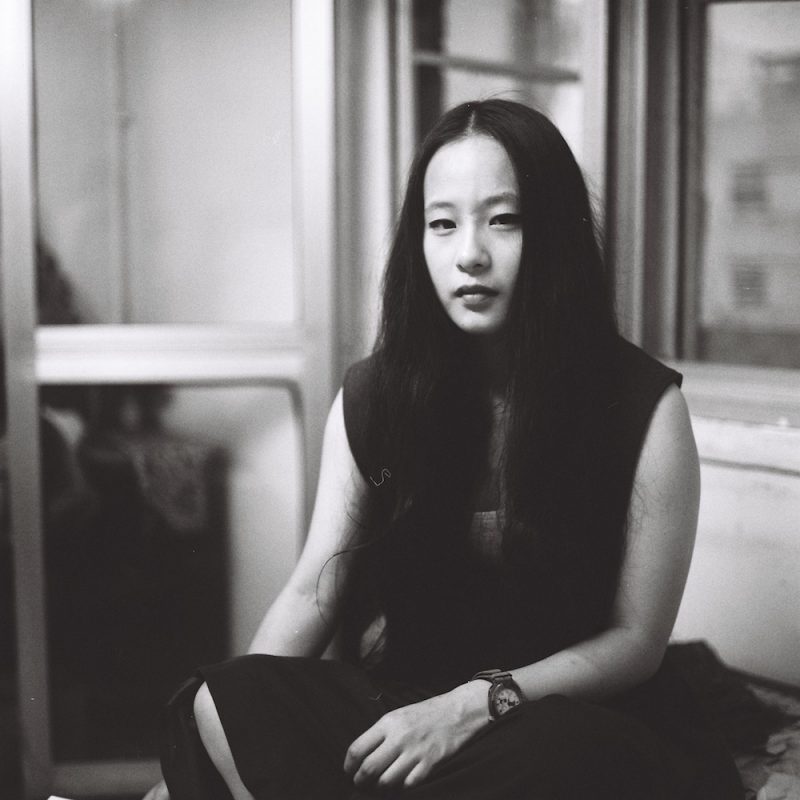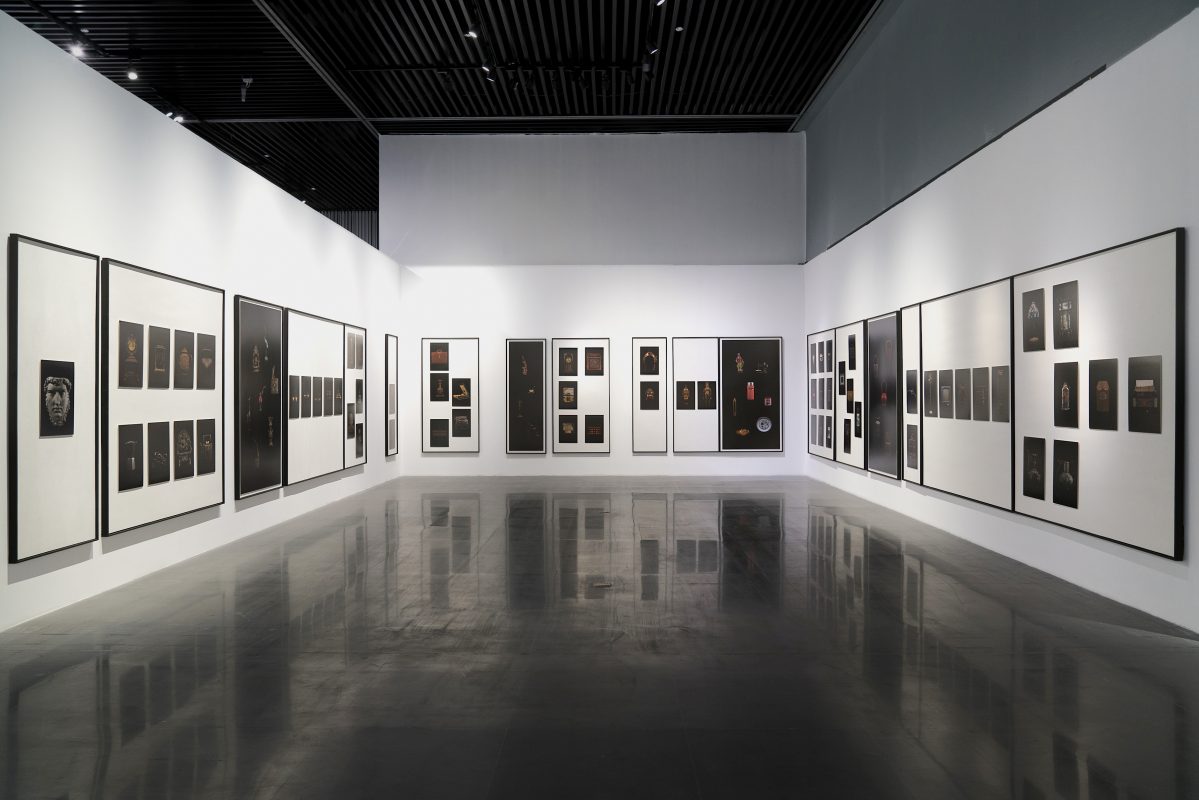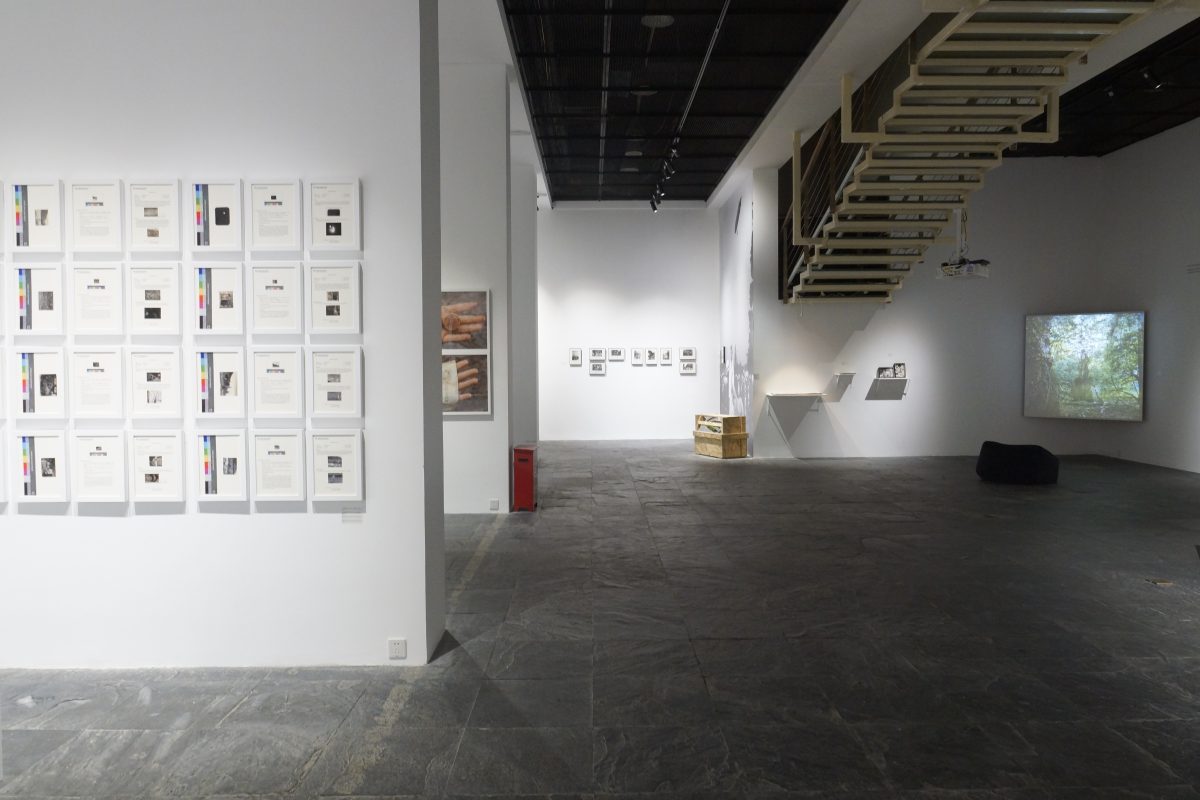Curator Conversations #6
Yining He
Yining He is curator and writer specialising in photography. Yining’s curatorial projects have taken place in museums, biennales and galleries, as well as in other institutions in China and Europe. Exhibitions include: The Abode of Anamnesis (2019, OCAT Institute, Beijing); Troubled Intention Ahead: Confusing Public and Private at the 3rd Beijing Photo Biennale (2018, CAFA Art Museum); The Port and The Image: Documenting China’s Harbor Cities (2017, China Port Museum, Ningbo); A Fictional Narrative Turn (2016, Jimei Arles International Photo Festival); and 50 Contemporary Photobooks from China 2009-14 (2015, FORMAT International Photo Festival, Derby, UK). In 2014, Yining launched the Go East Project, which aims to promote contemporary Chinese photography in the West through exhibitions and publishing activities.
What is it that attracts you to the exhibition form?
You never know who’s going to walk into the exhibition space, and you never know if this exhibition will affect the viewer as much as the exhibitions that inspired us to pursue a career in the art industry. My love for the exhibition form comes from my own experience as a museum-goer. When I’m able to understand and interpret artworks and create opportunities for such understanding and interpretations through commissioned projects, the exhibition form is a perfect way for me to communicate with new and old audiences.
What does it mean to be a curator in an age of image and information excess?
As an independent curator, I always look at artworks in the context of the evolution of image art. For example, I recently worked with the Guangdong Museum of Art on an upcoming exhibition titled Walking in the Digital Sublime. With the pervading presence of AI technologies in our world today, the mission of this exhibition is to explore the relationship between human beings and images produced with the help of AI technologies from different perspectives – social, cultural, technological, philosophical, etc. – by examining the works of more than 30 artists from around the world that comment on the production, dissemination and storage of digital images.
What is the most invaluable skill required for a curator?
For professional curators, the willingness and ability to keep learning, researching, and renewing one’s skills is essential in addition to having a basic, systematic knowledge of art history and exhibition planning. Of course, curiosity is also very important. When it comes to the actual practice, you learn on the job more than you do from books. Aside from coming up with feasible proposals, the work of a curator also entails a large amount of communication between artists, venues, and other individuals and organisations involved in the process of putting together an exhibition, and there are all kinds of details to attend to. A capable curator should be able to handle all these things effectively.
What was your route into curating?
After completing my first MA in London in 2010, I came back to Beijing and started working as a writer and translator for photography within the art related press. I soon became aware of my lack of professional knowledge, however, so I returned to London and completed the MA Photojournalism and Documentary Photography at London College of Communication, University of the Arts London in 2013. I curated my first group exhibition in China the following year. For me, curating is a platform where I can combine my passion for photography alongside research, exhibition planning, and communication.
As my experience grows, I’ve also started thinking about things like the commissioning system of museums, support for independent image artists, knowledge production, and ways to help the audience examine and re-examine the world around them through images. In the process of exhibition planning, my role switches between the researcher, the commissioner, the producer, the collaborator, and the narrator, etc.
What is the most memorable exhibition that you’ve visited?
One of the exhibitions that made a great impression on me recently was 25 Years! Shared Histories, Shared Stories in celebration of the 25th anniversary of Fotomuseum Winterthur (2018-19). The exhibition was curated by the new Director Nadine Wietlisbach and her team. Staff members, artists, and curators from all around Europe were invited to choose their favourite artworks from the museum’s collection, which combined to form connections between the history of the museum, the stories of said artworks, and the future of photography. The exhibition featured the works of more than 50 artists who had influenced the history of contemporary photography, including John Baldessari, Lewis Baltz, Luigi Ghirri, Nan Goldin, Sherrie Levine, Paul Graham, and Bertien van Manen. The exhibition labels not only contained descriptions of the artworks themselves, but also explained how these artworks had influenced their nominators’ knowledge and understanding of photography or inspired them in their own work. This exhibition was an exciting curatorial experiment that encouraged social dialogue and collaboration in the museum environment.
What constitutes curatorial responsibility in the context within which you work?
As a curator based in China, I can’t answer this question without talking about the environment I’m living and working in. If we consider Chinese photography as an ecosystem, it’s easy to see that the different systems revolving around it – including art academies, photography festivals, photography galleries, art fairs, auction houses, publishers, and research oriented institutions – have evolved a lot over the past decade. Chinese photography has its own unique mode of operation. It has certain advantages in the speed of knowledge renewal and the diversity of activities, and there’s a large base of photography enthusiasts and professionals in China, which have both contributed to the vitality of Chinese photography in recent years. It’s my fortune to be part of this process and to produce China-focussed exhibitions with artists, institutions, publishers, and the wider art community.
That said, compared to Europe, America and Japan, for example, where photographic practices are long-established and well-organised, Chinese photography is yet to make a lasting impact in the industry. On one hand, this is a result of practical issues, such as ruptures in history, underdeveloped systems, the relative lack of education, and the shortage of artists and other professionals. On the other hand, language is also a barrier, because most academic writings and art criticism are published and communicated in English. In response to these challenges, I’m currently working to help promote the development and the influence of Chinese photography in the global photography industry with my peers.
What is the one myth that you would like to dispel around being a curator?
“Everybody can be a curator” is a myth that’s quickly turning into reality. Nevertheless more and more young artists today have chosen to curate different types of exhibitions on their own in order to challenge the power and function of the curator in traditional curatorial practices, which has become a trend that cannot be ignored.
What advice would you give to aspiring curators?
It’s crucial to communicate with artists as much as possible in order to understand their practices and career goals in depth. This is the first step of being a curator, and will always be important.♦
Further interviews in the Curator Conversations series can be read here.
Click here to order your copy of the book
—
Curator Conversations is part of a collaborative set of activities on photography curation and scholarship initiated by Tim Clark (1000 Words and The Institute of Photography, Falmouth University), Christopher Stewart (London College of Communication, University of the Arts London) and Esther Teichmann (Royal College of Art) that has included the symposium, Encounters: Photography and Curation, in 2018 and a ten week course, Photography and Curation, hosted by The Photographers’ Gallery, London in 2018-19.
Images:
1-Yining He
2-Installation view of The Port and the Image: Documenting China’s Harbor Cities, China Port Museum, Ningbo, 2017.
3-Installation view of The Abode of Anamnesis, OCAT Institute, Beijing, 2019.



